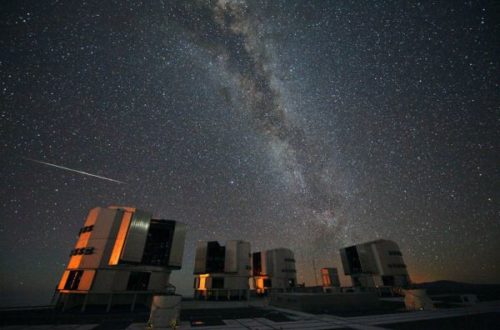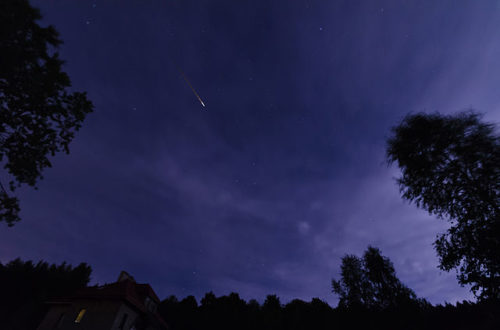704 Interamnia: A Giant Asteroid

Discover the fascinating world of 704 Interamnia, the fifth-largest asteroid in our solar system. With a size that stands out among its celestial neighbors, this rocky body presents a stark contrast to the smaller asteroids populating space.
Join us as we explore this enigmatic asteroid and unravel the wonders hidden within its rocky surface.
Unveiling 704 Interamnia
Discovery
Italian astronomer Vincenzo Cerulli discovered 704 Interamnia on 2 October 1910, marking a significant milestone in astronomical history.
Naming
This celestial body was named after the Latin name for Teramo, Italy, where Cerulli worked and made this discovery.
Designations
Apart from its primary name, 704 Interamnia is also known by alternative designations such as 1910 KU and 1952 MW.
Key Characteristics Explored
Main Belt
704 Interamnia belongs to the main belt of asteroids, which is a region between the orbits of Mars and Jupiter. This asteroid is one of the largest bodies in this region.
Diameter
With a mean diameter of 306.313 kilometers, 704 Interamnia stands out for its significant size compared to other asteroids. Its size contributes to its visibility and study by astronomers.
Spectral Type
The spectral type of 704 Interamnia is classified as F/B. This classification provides insights into the asteroid’s composition, surface properties, and potential origins within the asteroid belt.
Rotation Period
704 Interamnia has a synodic rotation period of 8.727 hours, indicating its speed of rotation around its axis. This rapid rotation contributes to various surface features and phenomena observed on the asteroid.
Albedo Details
The asteroid exhibits a geometric albedo of 0.078, which refers to the measure of how efficiently an object reflects sunlight off its surface. This low albedo value indicates that 704 Interamnia absorbs more sunlight than it reflects, impacting its temperature and overall thermal properties.
Understanding Mass
Mass Estimation
704 Interamnia has a mass estimated to be (38±13)×10^18 kg. This massive asteroid’s weight is a significant factor in understanding its composition and gravitational influence.
With such a substantial mass, Interamnia exerts a noticeable gravitational pull, affecting nearby celestial bodies and orbital dynamics.
Density Insights
The mean density of Interamnia is recorded at 2.0±0.7 g/cm^3. This measurement provides crucial information about the internal structure and composition of the asteroid.
The density of an object like Interamnia helps scientists infer its likely composition, such as the presence of metals, silicates, or other materials based on known densities.
Classification Significance
Being the largest F-type asteroid discovered so far, 704 Interamnia holds immense significance in the realm of asteroid classification and research.
Its classification as an F-type asteroid indicates certain characteristics regarding its composition, surface features, and potential origins within the asteroid belt.
Possible Former Dwarf Planet
In 2017–2019, the SPHERE imager from the Very Large Telescope made observations of 704 Interamnia. These observations, along with occultation data, suggest that Interamnia’s shape could be consistent with hydrostatic equilibrium given its density and a rotational period of 7.6 hours (currently 8.7 hours).
This hints that Interamnia may have initially formed as an equilibrium body, with impacts later altering its rotational period post-solidification.
It would mean that Interamnia used to match the requirements for being classified as a dwarf planet in the past, but no longer does today.
Final Remarks
We’ve uncovered 704 Interamnia’s mysteries and unique characteristics. From its massive size to the composition of its surface, you now have a clearer understanding of this intriguing asteroid. By grasping its mass and significance, you’ve gained valuable insights into the vast universe surrounding us.
Would you like to receive similar articles by email?





